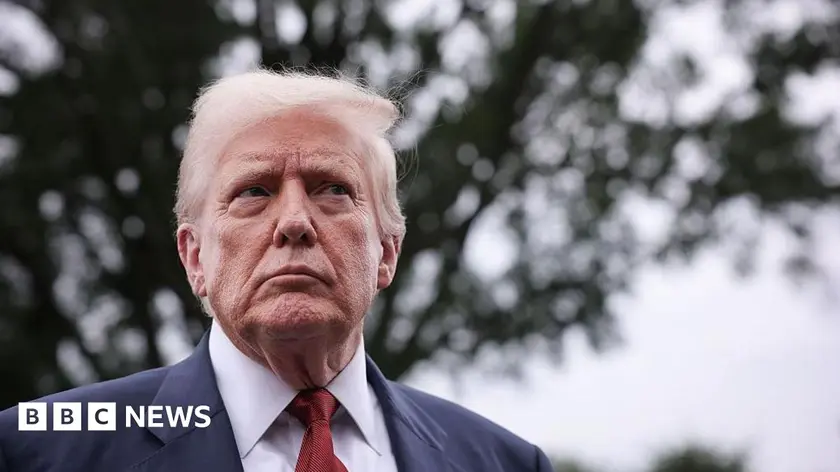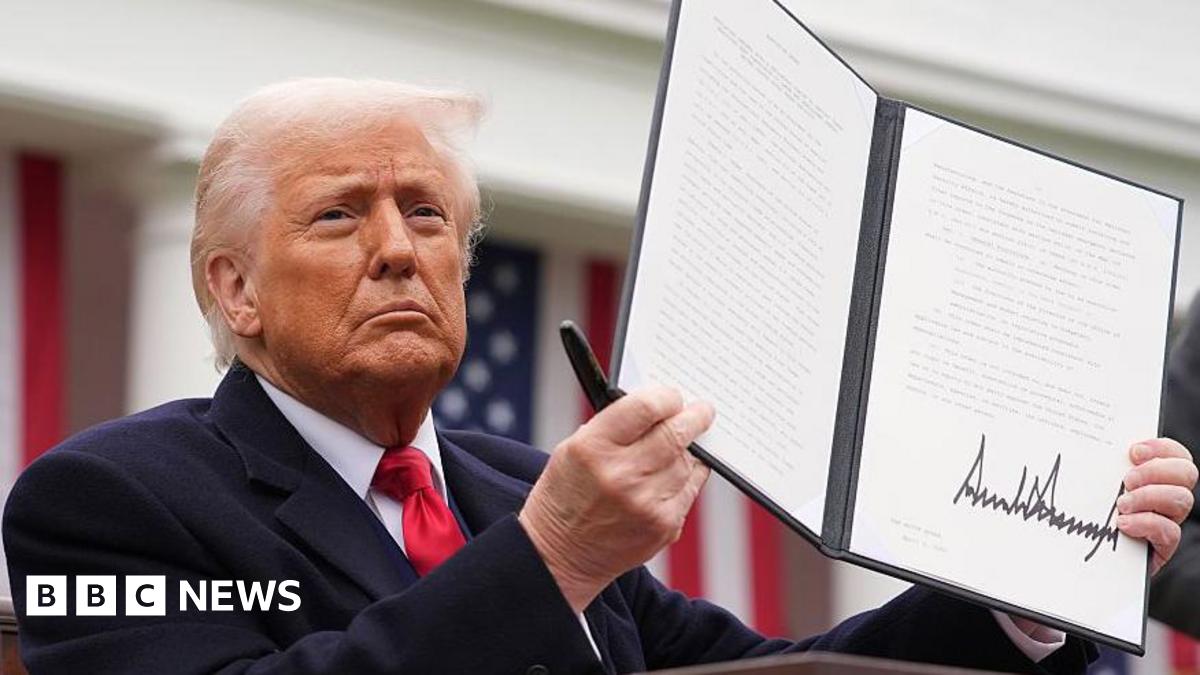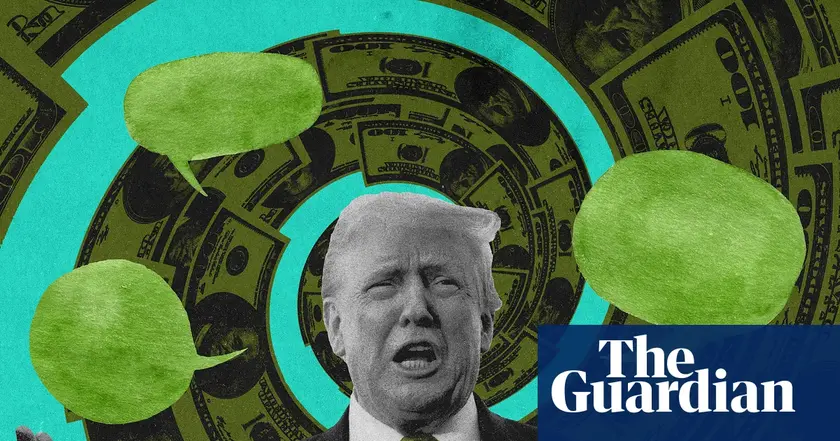T4K3.news
Trump's tariffs may raise US consumer prices significantly
Proposed tariffs on Indian goods could increase costs for American consumers, especially in tech.

The sweeping secondary tariffs could cut the flow of Russian oil and gas to global markets.
Trump's secondary tariffs on Russia could disrupt global markets
Since the invasion of Ukraine in 2022, India has become a key buyer of Russian oil, according to the Centre for Research on Energy and Clean Air. President Trump stated in a recent CNBC interview, "They're fuelling the war machine. And if they're going to do that, then I'm not going to be happy." If the proposed secondary sanctions are implemented, US companies importing goods from India would face tariffs of up to 100% when those products reach the United States. This could make Indian goods significantly more expensive, prompting US businesses to source products from other countries instead. The goal is to pressure India into ceasing its oil purchases from Russia, impacting Moscow's ability to finance its war efforts in Ukraine. The consequences might trickle down to American consumers, especially in the technology sector. For example, if tariffs apply to mobile phones produced in India, prices for consumers could skyrocket. Although previous tariffs of 25% were already in place, Trump hinted that these could increase notably.
Key Takeaways
"They're fuelling the war machine. And if they're going to do that, then I'm not going to be happy."
Trump emphasizes the need for economic pressure on countries buying Russian oil.
"Imports to the US from India are already facing a 25% tariff as part of Trump’s broader trade shake-up."
This statement highlights existing tariffs and their potential increase under new proposals.
The strategic move to impose secondary tariffs reflects an ongoing tension between economic interests and geopolitical goals. While aiming to reduce Russia's financial leverage, this strategy raises costs for US consumers and sparks backlash from key trading partners like India. As supply chains are intricately linked, it is vital to consider how such measures will ripple through the economy. The challenge lies in balancing national security with the economic repercussions that affect everyday consumers and international relations. Given the complexities of global trade, the unintended impacts of these tariffs may outweigh their intended benefits, prompting a reassessment of trade strategies.
Highlights
- Higher tariffs mean higher prices for Americans.
- Pressure on India could backfire in international trade.
- Tariffs may not weaken Russia, but they will hurt consumers.
- Trade strategies must consider the global impact.
Concerns over economic fallout from tariffs
The proposed secondary tariffs could lead to higher consumer prices in the US while straining relations with India, potentially impacting global trade.
How will these tariffs reshape global trade dynamics in the coming months?
Enjoyed this? Let your friends know!
Related News

Tariffs likely to affect inflation by fall

Trump's tariffs may increase coffee prices

Trump's new tariffs will impact US consumers

U.S. tariffs yield over $100 billion this year

US economic indicators show slow growth

US inflation report indicates mixed economic signals

39% Tariff Takes Aim at Swiss Watches

Trump announces 100% computer chip tariff unless firms invest in US
